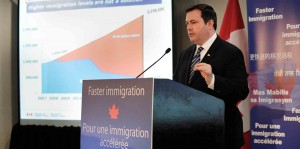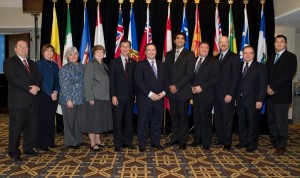
The 779 candidates who were selected, have two months to submit a complete application for permanent residence after receiving a letter, requesting that they submit a full application. This is the first draw from the Express Entry pool where candidates who are qualified under one the economic immigration programs, which consist of Federal Skilled Worker, Canadian Experience Class, Federal Skilled Trades and a portion of nominated applicant through the provincial programs.
This draw indicates that the new Express Entry system is working and that submitting a profile can truly lead to permanent residence.
Canada has purposely kept the first draw small as this is the first time where Immigraiton Canada can fix any potential glitches or problems and to test and make sure that the process moves forward without issues.
Candidates in the Express Entry pool are ranked according to a Ranking System (CRS) based on a number of factors and only top ranked candidates are invited to apply. For this first draw, the candidates selected had relatively high scores. The candidates all had either a provincial nomination or an LMIA (Labour Market Impact Assessment – Qualifying job offer), which guarantees that you will have enough points to be selected under Express Entry.
CIC has indicated its intention to conduct up to 25 draws this year and plans on meeting its immigration targets 285,000 under the 2015 immigration plan. Of that, it is expected that over 180,000 will be selected under the Express Entry system. Future draws are expected to occur more frequently and the government is expected to issue a much greater number of invitations to apply to a wider array of candidates in the Express Entry pool.
CIC expects that a significant proportion of invitations to apply for Canadian permanent residence will be issued to people without job offers from Canadian employers as there simply are not enough people with validated job offers or provincial nominations to fill the need for skilled immigrants.
Alex Khadempour, senior immigration consultant at CICS Immigration Consulting Inc. advises: “If you’re planning to apply under Express Entry, do it as soon as you can show that you are qualified for one of the economic programs. This includes having your IELTS test score, and if trying to qualify under Federal Skilled Worker, your Education Credential Assessment. However, it’s important that you don’t rush into the first step of the process, as this is where you need to make sure that you are able to present the best possible and strongest application with your work experience as the focal point. Mistakes at the beginning of the process can severely damage your following plans.”






